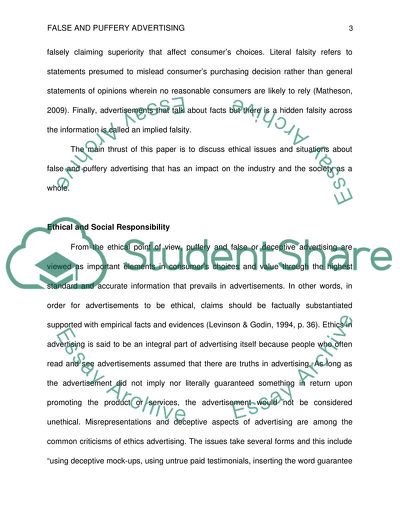Cite this document
(False and Puffery Advertising Term Paper Example | Topics and Well Written Essays - 2000 words - 1, n.d.)
False and Puffery Advertising Term Paper Example | Topics and Well Written Essays - 2000 words - 1. Retrieved from https://studentshare.org/marketing/1748534-false-and-puffery-advertising
False and Puffery Advertising Term Paper Example | Topics and Well Written Essays - 2000 words - 1. Retrieved from https://studentshare.org/marketing/1748534-false-and-puffery-advertising
(False and Puffery Advertising Term Paper Example | Topics and Well Written Essays - 2000 Words - 1)
False and Puffery Advertising Term Paper Example | Topics and Well Written Essays - 2000 Words - 1. https://studentshare.org/marketing/1748534-false-and-puffery-advertising.
False and Puffery Advertising Term Paper Example | Topics and Well Written Essays - 2000 Words - 1. https://studentshare.org/marketing/1748534-false-and-puffery-advertising.
“False and Puffery Advertising Term Paper Example | Topics and Well Written Essays - 2000 Words - 1”. https://studentshare.org/marketing/1748534-false-and-puffery-advertising.


